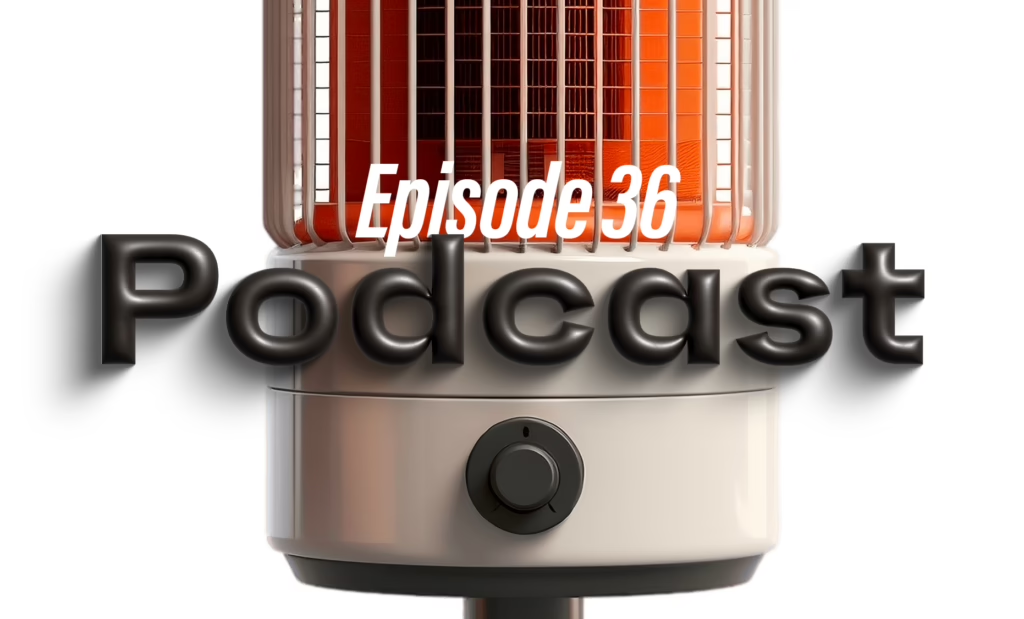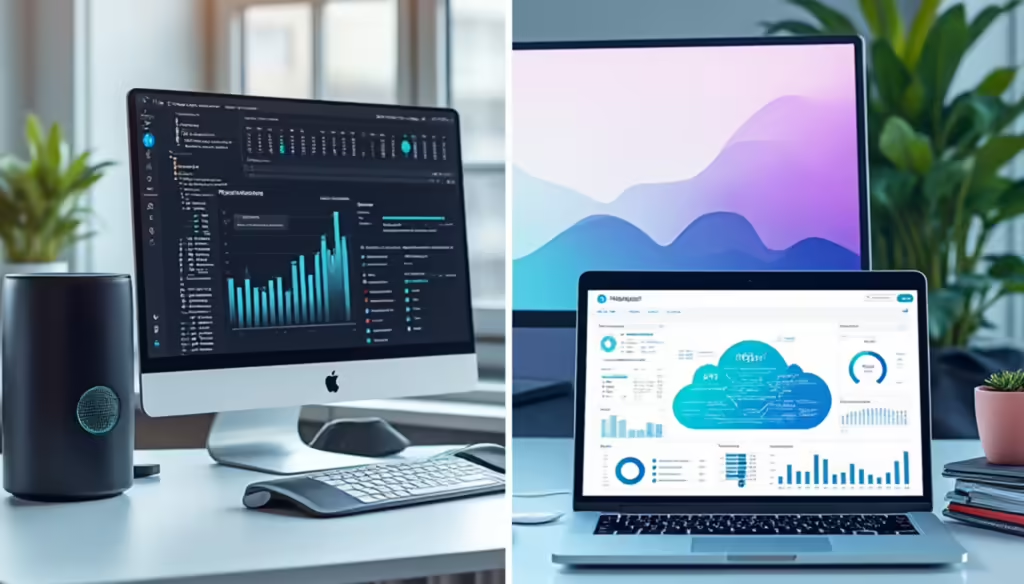With Laurier Mandin and Ajit Ghuman
Pricing can make or break any product. Set it too high, and even best-fit customers will take a pass. Too low and you’re devaluing the product, stunting growth and possibly starving it for cash.
But how do you craft a pricing structure that is just right—and be confident it is? And then how do you package your product offerings to attract specific buyer types, without alienating others?
Pricing is a science, and those who do it effectively seldom fall into that success. Ajit Gjuman has led enterprise software product teams through the pricing process, and has interviewed a multitude of tech product leaders in writing his new book, Price to Scale. He’s also the head of product marketing at Narvar, a customer engagement platform that helps brands like Yeti, Levi’s and Dyson drive long-term customer loyalty by unifying shipping and returns.
Ajit’s ultimate goal for the book was for any product manager or entrepreneur to be able to read it over a weekend, then methodically assemble end-to-end pricing in just 30 days.
Ajit Ghuman joins Graphos Product Principal Laurier Mandin to explain how that is possible, and offer advice to listeners challenged with setting or resetting product pricing in order to profitably scale their business.
Here are some key-takeaways from this power-packed episode:
• What team member is best-suited to implement your pricing structure (1:45)
• Ajit’s definition of “Positioning” (3:00)
• “Packaging” for a tech product, and what it looks like done right (4:32)
• Identifying market segments for a brand-new product (6:17)
• Where do “freemium” products work, and where are they a bad idea? (8:36)
• Understanding “Product-Led” strategy (11:32)
• How pricing and your margins relate to going to IPO or being acquired (13:44)
• How to lead a team in pricing implementation, and influence the CEO (17:06)
• The alignment hack Helpshift used to 10X revenue from a key account (21:27)
• Using value metrics to optimize pricing and revenue (22:31)
• Why your own costs have nothing to do with what the customer will pay (24:55)





